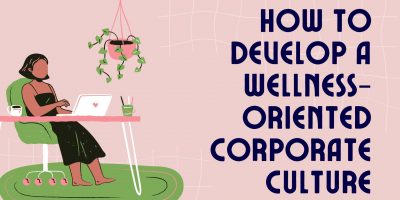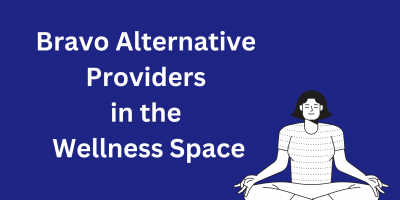
How to Develop a Wellness-Oriented Corporate Culture
Discover practical strategies and actionable steps to promote employee well-being and productivity. Create a workplace environment that prioritizes health and fosters a thriving, engaged workforce.






